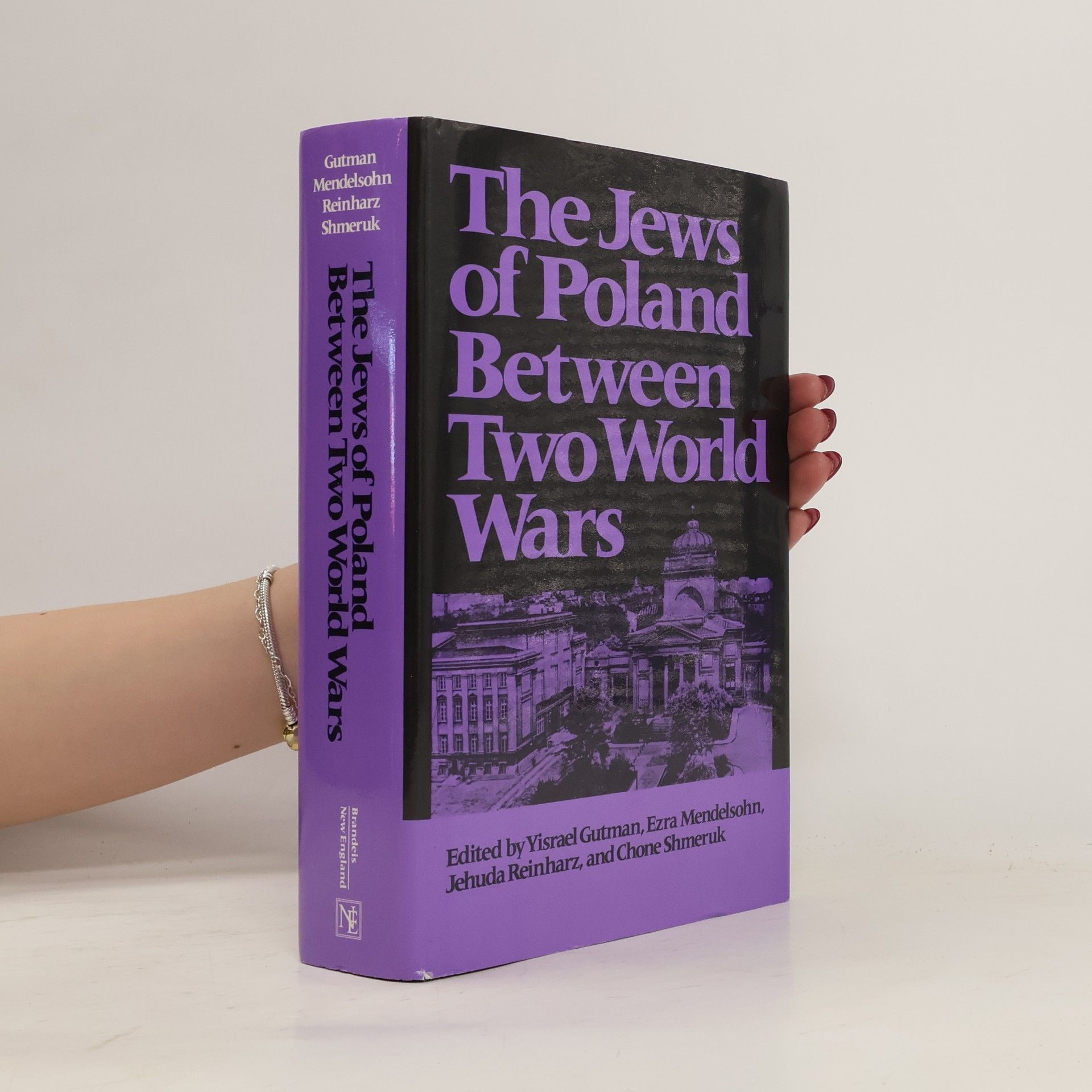The Auschwitz album
- 304bladzijden
- 11 uur lezen
This album, an extraordinary find, was originally discovered during the tumult of the first days after the liberation. It reveals how two SS photographers documented the arrival of shipments of Jews to the platform in the Birkenau concentration camp, the selection process, and their path to the gas chambers and the crematoria. The photographs also memorialize the piles of possessions left by the Jews which were sorted in the 'Canada' Barracks. They are accompanied by three articles that describe the development of the camp, the Holocaust of Hungarian Jewry, and the story of how the album was found; a fourth focuses on the camera as a historical tool. The 189 pictures, arranged in chronological order and reproduced in this album for the first time, are unusually powerful, not least because 70% of the people shown have been identified.


